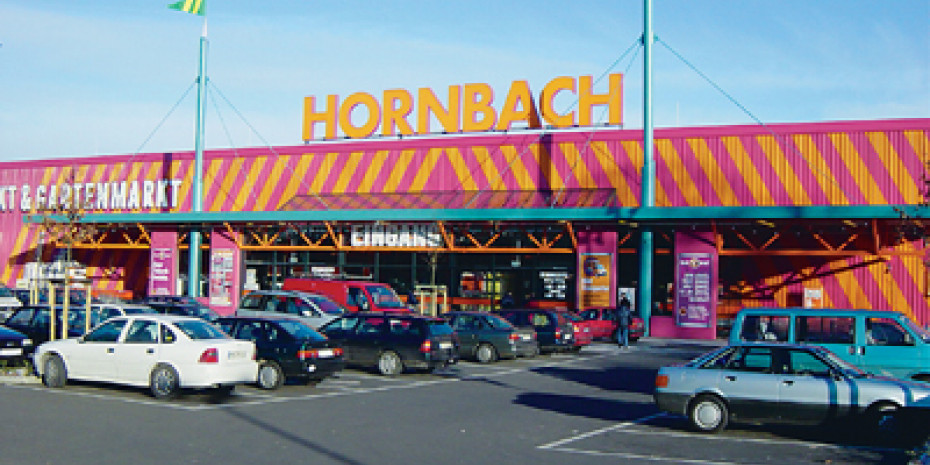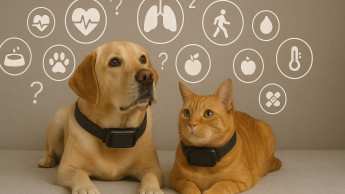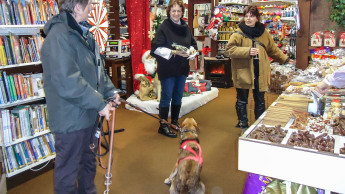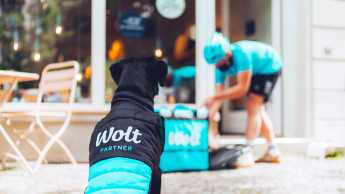The sober and blunt market analysis delivered by various market experts, how-ever, was less conducive to a cheerful mood. It was clear from this that there will be no let-up in the competitive pressure on the speciality pet speciality trade in the next few years, with discount chains and DIY stores in particular adding to their market share. Fred Otto, client team manager of the market research institute A.C. Nielsen, characterized the situation most aptly when he said: “Discount chains are the measure of things in the retail landscape at present. The rest of the trade is trying to counter them through promotions and private labels on the one hand and through extensive price reductions on the other.”
The discount sector is the measure of all things in the German retail trade. The pet product trade must differentiate itself from this through competence and extensive service.
Bianca CorcoraBianca Corcoran, food/pet food account team leader at the market research institute IRI Information Resources, had already described the dominance of the discount chains with reference to current market data. Their share of the German food retailing sector was currently 40 per cent, in contrast to just 16 per cent in Europe as a whole.
One reason for the special situation existing in Germany, according to the managing director of Iams Deutschland, Bernhard Wingerberg, was that “85 per cent of German households are no more than 15 minutes away by car from an Aldi.” And the Germans like their shopping to be quick and easy. Rainer Großkopf, a former member of the Tchibo board, gave a detailed analysis of the method used by the discount chains of offering certain product groups for a limited time in regular advertising circulars. “This creates the idea of scarcity, encouraging a sense of urgency in the customer and prompting spontaneous purchases,” said Großkopf. He made it clear that animation was becoming increasingly important in presentation, while product groups were becoming more un-usual.
In addition to the discount chains, DIY stores…

 Menü
Menü







 1-2/2006
1-2/2006












 Newsletter
Newsletter